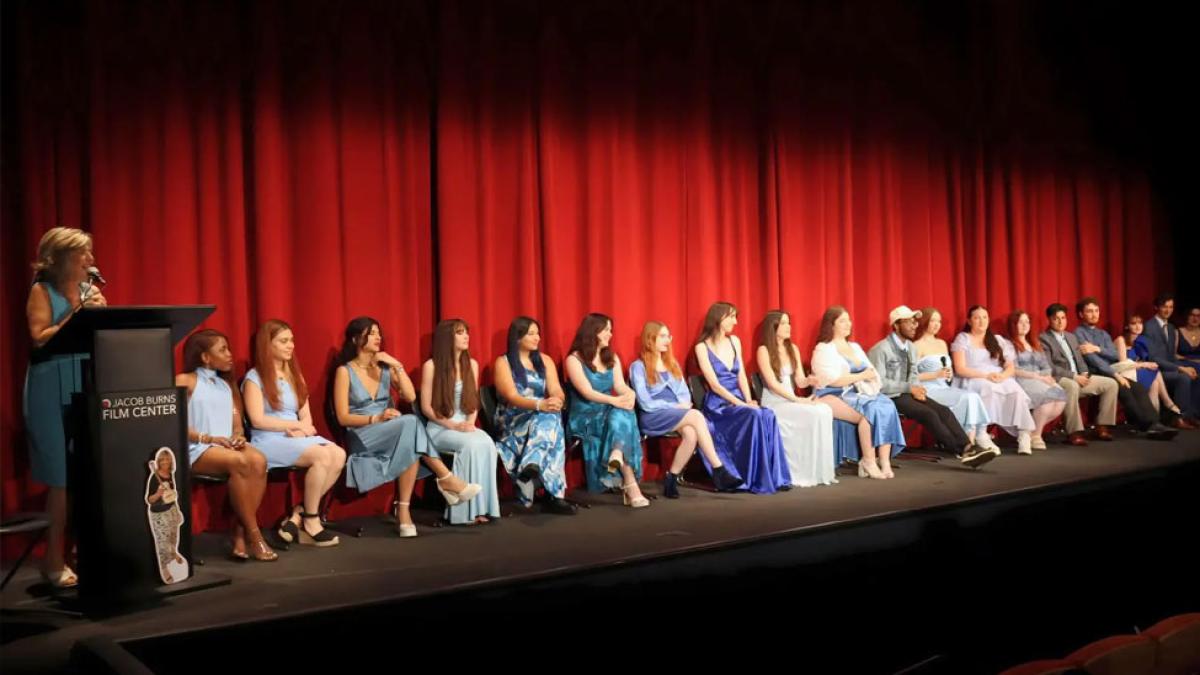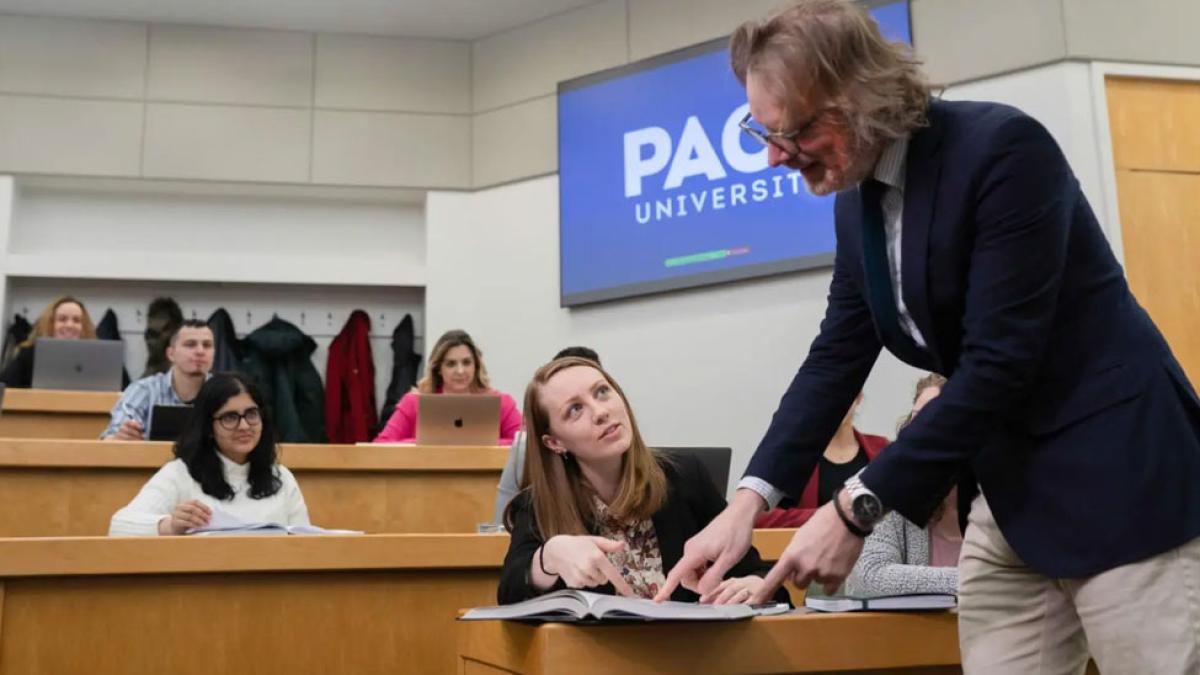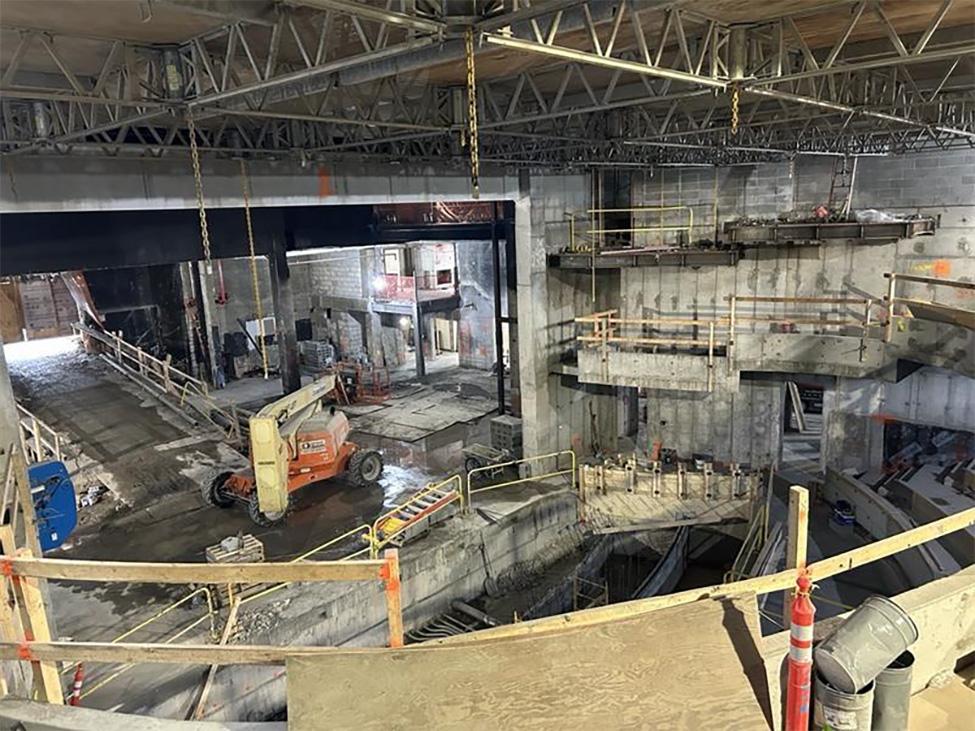
Progress in Motion: A Construction Check-In at One Pace Plaza East
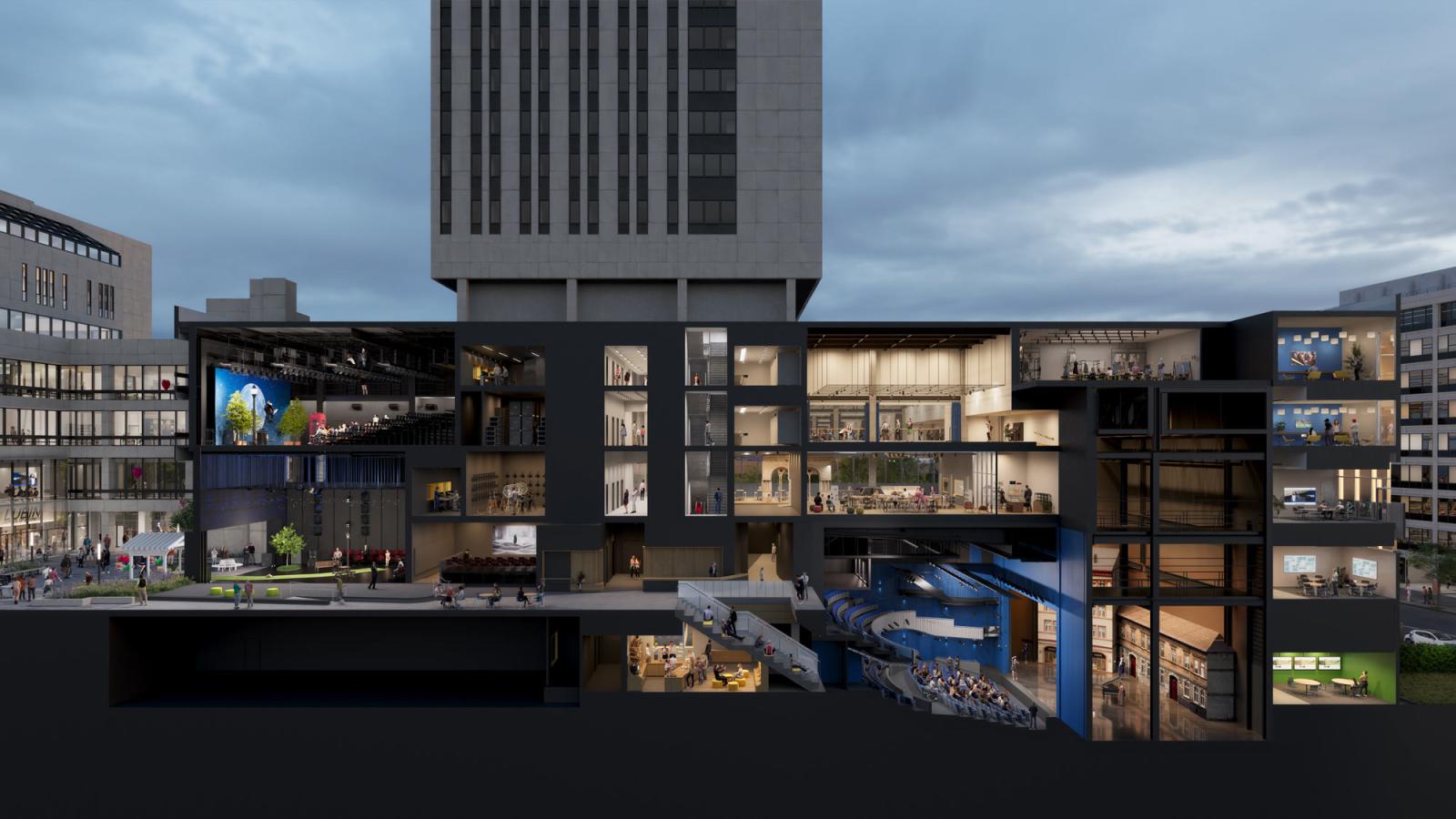
With a little more than a year to go until opening day, the transformation at One Pace Plaza East is already reshaping downtown—and redefining the student experience for the Sands College of Performing Arts and for the University. Behind the scaffolding and steel is a team of dedicated professionals breathing new life into one of the University’s most iconic spaces. At the heart of this ambitious project is a state-of-the-art Performing Arts Center: a bold investment in the future of Pace’s thriving performing arts programs. Featuring cutting-edge classrooms, expansive rehearsal studios, and premier creative spaces, the new home of the Sands, Dyson, and University-wide program spaces will provide students and faculty with the tools to create, collaborate, and innovate at the highest level. As construction charges ahead, we caught up with the people making it happen—leaders from Campus Planning and Facilities, including Mark Malekshahi, Wayne Chen, and Ryan McEnany, along with the team at DBI Projects led by Jordan Barr—for an inside look at how this transformational renovation is progressing. In this special photo feature, we present ten questions that explore not only the progress made so far, but also the vision, challenges, and moments of awe that are bringing the future home to Pace.
What are the most significant milestones you've hit so far in the One Pace Plaza East renovation?

Significant progress has been made on the One Pace Plaza East renovation since the start of construction in Fall 2023. Overall, construction is approximately 50 percent complete. Among the top highlights are the completion of excavation and foundation work for the re-envisioned Schimmel Theater. The intricate gridiron and girder system supporting the podium floors above the theater have also been installed—an essential intervention enabling the enlarged stage, fly tower, and audience chamber.
In addition, major equipment for the building’s systems infrastructure is now in place, with roughly 80 percent installed. One of the largest free-standing cranes on the eastern seaboard was used in Spring 2025 to lift this equipment to the top of Maria’s Tower—an impressive sight to witness.
Do you have a favorite visual detail in the building's current phase that you'd love the Pace Community to see right now?
A particularly striking detail in this construction phase is the newly inserted steel structure used to expand the fly tower in the significantly enlarged Schimmel Theater. Even with only the new concrete balcony poured, one can already appreciate how intimately the audience will be connected to the stage—a standout feature of the design.
What’s a moment from construction that made you stop and say, “This is really happening”?
Two moments in particular solidified the reality of the project. The first was the commencement and completion of the Schimmel Theater’s excavation and foundation work. Based on the original footprint, this phase laid the groundwork for the future theater’s modern infrastructure and orchestra-level seating.
The second was the dramatic cutting away of floor slabs to create the double-height spaces for the Garden Theater, the Blackbox Theater, and the large dance rehearsal space for the students at Sands College.
What aspects of the Performing Arts Center or creative spaces do you think will be most transformational for Pace’s programs?
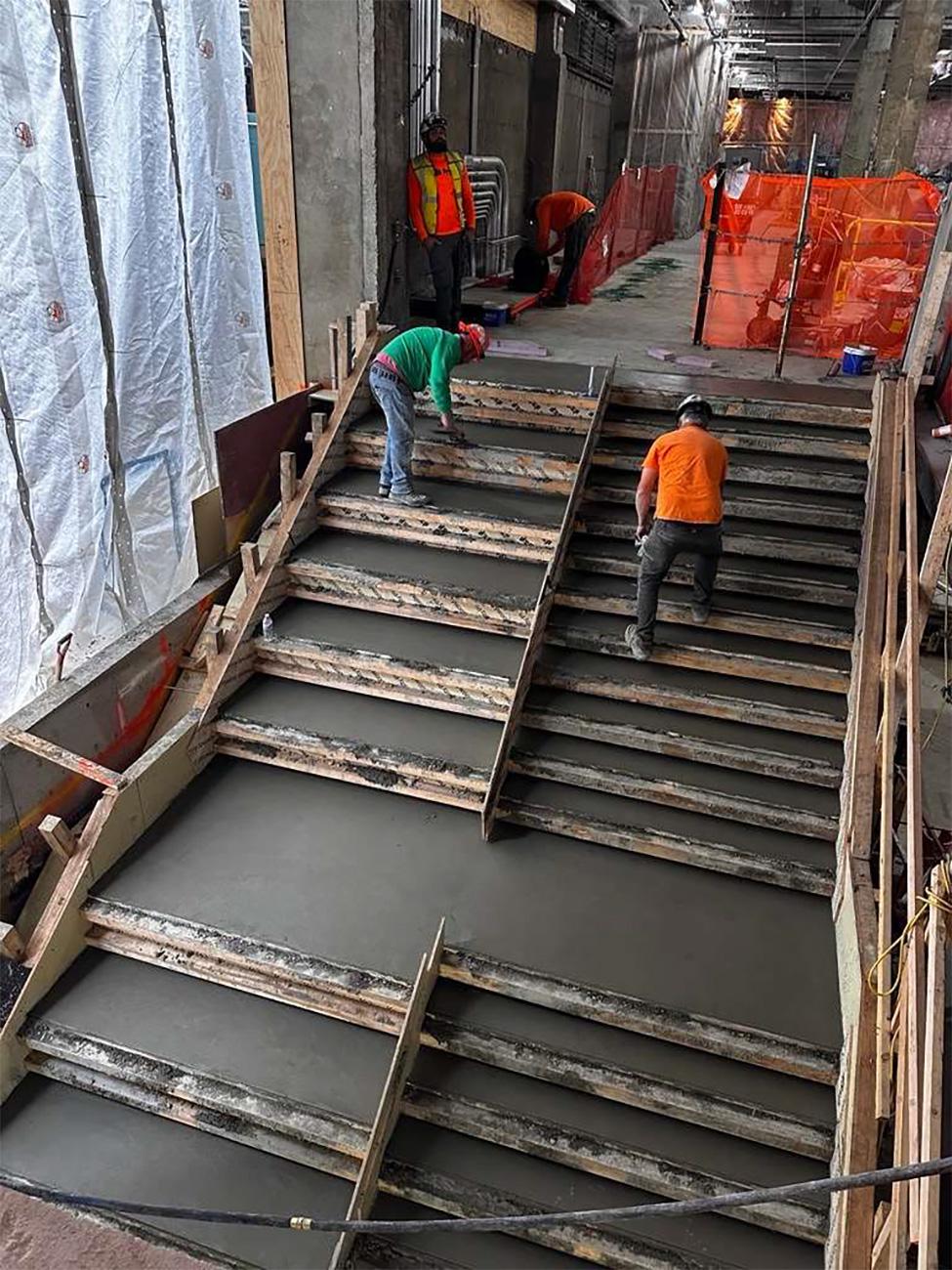
Each of the new theaters under construction possesses unique qualities that will significantly benefit both students and faculty. Whether it’s the increased fly tower height in the new Schimmel Theater or the Garden Theater’s seamless integration with the courtyard, the versatility of these spaces is designed to inspire bold and imaginative new productions.
What’s been the most complex challenge during construction to date—and how did the team overcome it?
The most complex challenge has been navigating issues stemming from existing conditions while maintaining the construction schedule. In an occupied building, there is a limit to what can be surveyed before construction begins. Despite numerous unexpected conditions discovered during demolition, the team has remained proactive—focusing on how each challenge could be resolved to benefit the long-term functionality of the building.
Are there any design features—like materials, acoustics, or environmental systems—that are particularly innovative or unique to this space?
A key sustainability feature of the renovation is the transition to an all-electric infrastructure to meet the building’s cooling demands. These energy-efficient upgrades at One Pace Plaza East will help Pace achieve its broader decarbonization goals.
From a design standpoint, one distinctive feature is the use of subtly varying floor elevations—spaces gently ramp up and down. To achieve the necessary acoustic isolation within the existing shell, specific rooms were constructed with independent floor and wall systems.

How do the renovations to Maria’s Tower integrate with the larger mission of the project?
The renovations to Maria’s Tower—from gut-renovated bathrooms to refreshed residential spaces—are essential to the University’s goal of offering vibrant, modern living environments that are in close proximity to academic and creative spaces on the New York City Campus.
How are the performance and rehearsal spaces being tailored specifically for today’s creative arts students and future performers?
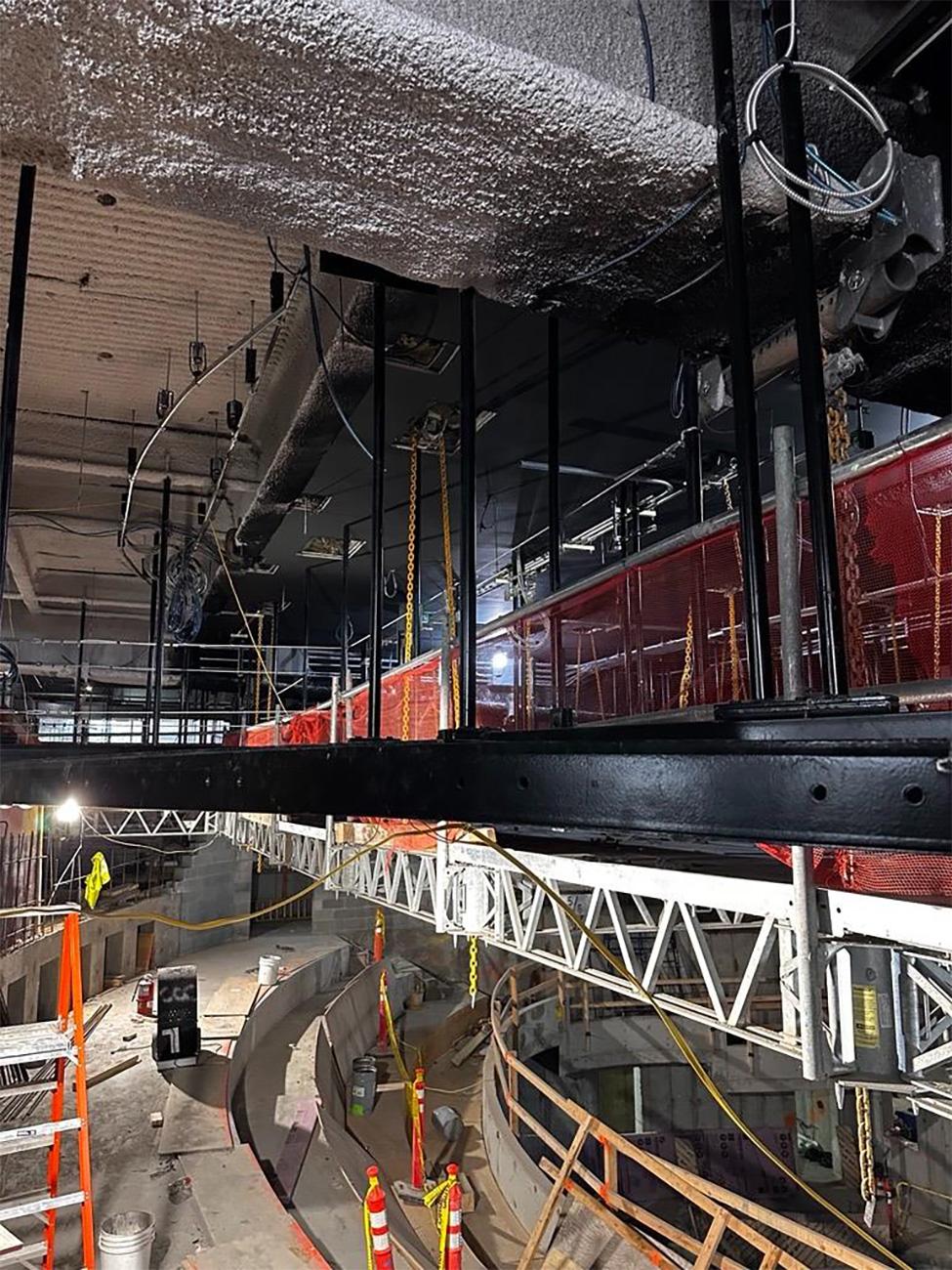
The program spaces are designed not only to support outstanding performances but also to function as exceptional teaching environments. For instance, catwalks in the Schimmel Theater have been enlarged to allow more students to participate hands-on in learning about lighting and technical production—acknowledging that designing for instruction is distinct from designing for production alone.
What excites you most about how these new spaces will support interdisciplinary work—from theater to podcasting to digital design?
What’s most exciting is having such a wide range of performance, production, and maker spaces located under one roof. The proximity of a theater to a rehearsal studio, to a workshop, to a makerspace, to a podcast room is expected to spark collaboration and enthusiasm across disciplines—fostering a vibrant, creative campus culture.
What role does sustainability play in this project, and how does it contribute to Pace’s broader climate goals?
Sustainability plays a pivotal role in this project, with a strong commitment to achieving LEED and WELL certifications. Achieving these certifications will significantly enhance the quality of life, teaching and learning at Pace. Beyond just achieving these types of certifications, the project is making an extraordinary commitment to transition to an all-electric system, effectively removing the campus's reliance on steam and substantially reducing its carbon footprint. This is a focal point and objection of all of Pace’s major projects.
Want to learn more about the new spaces set to open in Fall 2026? Visit our page dedicated to all things One Pace Plaza East.
More from Pace Magazine
From NFL reunions and Shark Tank insights to international acclaim and life-saving heroics, the Pace Community is going further—and bringing the world with them. These 10 moments from the past semester are big on energy, even bigger on impact.
The world is changing fast, and Pace University is preparing the leaders who will change it for the better. From healthcare to public service to law, our students aren’t just keeping up—they’re stepping up, driven by purpose, compassion, and the power to lead the future.
As the demand for skilled accountants surges and the talent pipeline shrinks, Pace University is stepping up. With a legacy dating back to 1906, the Lubin School of Business is leading the charge—equipping accounting students with in-demand skills in AI, data, and ESG. In a changing profession, Pace continues to deliver the talent the industry needs now and next.
